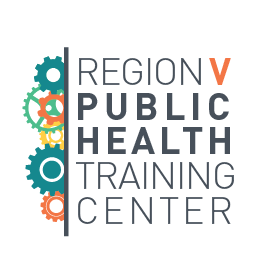By Debbie Edokpolo, MSW, Michigan Primary Care Association (MPCA)
Incorporating a Diversity, Equity, and Inclusion (DEI) approach can help establish a positive work culture, and supports recruitment and retention efforts in healthcare and public health. DEI creates an environment that values and respects individuals from all backgrounds and identities, ensuring that everyone has equitable access to opportunities without bias or discrimination.
Creating and nurturing a DEI culture in the workplace significantly impacts health outcomes and quality of life in individuals, families, and communities. Though no two DEI frameworks are identical, there are specific elements necessary to drive a diverse healthcare and public health workforce.
DEI initiatives should:
- Promote cultural humility— The concept of cultural humility was developed by Melanie Tervalon, MD, MPH, and Jann Murray-García, MD, MPH, more than 20 years ago to address health disparities and institutional inequities in medicine. Cultural humility gives a greater understanding of cultures that are different from one’s own and recognizes unique cultural experiences.
- Drive innovation— According to Harvard Business Review, new research shows diversity unlocks innovation and drives market growth. Diversity creates an environment where “outside the box” ideas are heard, leading to new ideas that can improve employee, patient, and community experiences.
- Attract and retain top talent— DEI creates an inclusive workplace where diverse individuals can show up authentically, feel valued and respected, and have their voices heard, resulting in better patient outcomes.
- Improve employee, patient, and community experiences— Intentional DEI programs seek to understand the backgrounds of their employees and patients, including their communities, culture, identities, religious beliefs, sexual orientation, and socioeconomic status, to allow healthcare and public health practitioners to provide culturally specific services. Research shows that racial concordance (alignment between race of the patient and provider) can improve communication, trust, and adherence to medical advice.
- Reduce health disparities— Multiple factors drive health disparities, including but not limited to health inequities and the social drivers of health, exacerbated by race, ethnicity, gender identity, and socioeconomic status. Implementing DEI practices in healthcare and public health improves patient and community outcomes by providing culturally responsive healthcare and services that address the unique need of all populations including those who historically have been underserved or received lower quality of care/services.
Embarking on a DEI journey requires fundamental changes at all levels of healthcare and public health organizations. Most importantly, intentional DEI will positively impact the health outcomes and the quality of life for communities, patients, and employees. Moving forward with a DEI lens is the first step that holds great potential for changing healthcare and public health professions.
To learn more, check out these resources:
- The Importance of Diversity, Equity, and Inclusion in Talent Attraction
- Structural Interventions to Reduce and Eliminate Health Disparities
- The Role of Implicit Bias in DEI
- Books:
- Actions Speak Louder by Deanna Singh
- Caste by Isabel Wilkerson
- DEI Deconstructed by Lily Zheng
- Just Health by Dayna Bowen Matthew

